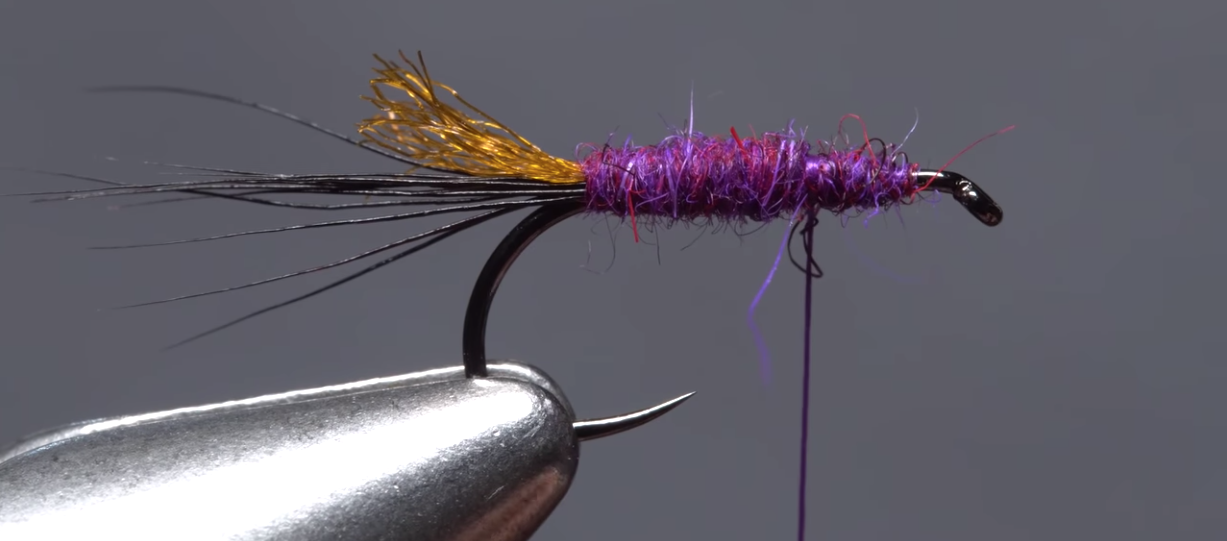I spent a couple of days last week on the Henry’s Fork’s upper reaches, trying to fool uber-educated trout in the Box Canyon and Railroad Ranch stretches of the river.
This time of year, those tailwater sections of the river are likely the most hospitable to trout — it’s been hot (well, hot for Idaho), with temperatures over the weekend climbing into the 90s, even in Island Park. So it stands to reason that cooler water is going to hold the most active fish, which means it’s also going to host the most anglers.
And that’s the rub with the upper Henry’s Fork. Everybody wants a shot at those big, tight-lipped trout with their Ivy League degrees in fly-pattern pessimism. And, once in a while, they can be fooled.
I’m convinced that the upper-river fish are most vulnerable to fly casters when the fish are most active, usually a couple of hours before dusk and into the twilight hours. But even then, when they lose just a hint of their seemingly innate caution, these fish are still tough to fool.
In my mind, because the light is low and indirect, fly color becomes less of a concern. Instead, it becomes more about silhouette and how the fly rides in the water. The Henry’s Fork’s prolific mayfly hatches — everything from Blue-winged Olives to PMDs to big Green Drakes can hatch over the course of a single afternoon — are the big draw for anglers, but too often, it’s the way a fly pattern is tied that kills our chances, not necessarily the pattern itself.
Big Henry’s Fork rainbows and browns, particularly on the upper river, are opportunists. A full-fledged dun pattern presents a risky proposition for a fish that just wants to eat and doesn’t want to chase its food — these mature mayflies may lift off the water without a moment’s notice, meaning they present a meal that risks escaping.
Most long-time Henry’s Fork anglers will present mayfly patterns to the big fish, but the patterns will be tied to represent bugs that are struggling to emerge, or “cripples.” This gives the trout a unique opportunity to catch and eat a full-sized bug, but without the risk of having the meal up and fly away on them.
Above, Tim Flagler ties the Last Chance Purple Haze, a general mayfly attractor pattern, but tied with some Antron yarn and CDC wings that will cause the fly to ride lower in the water and imitate a fly that’s struggling to escape it’s nymphal shuck and eventually fly away. This is the kind of fly that gets attention during prolific hatches, like the ones that seemingly happen every evening the Henry’s Fork.



